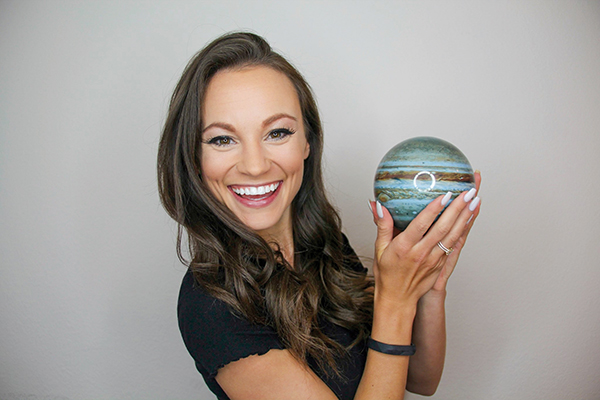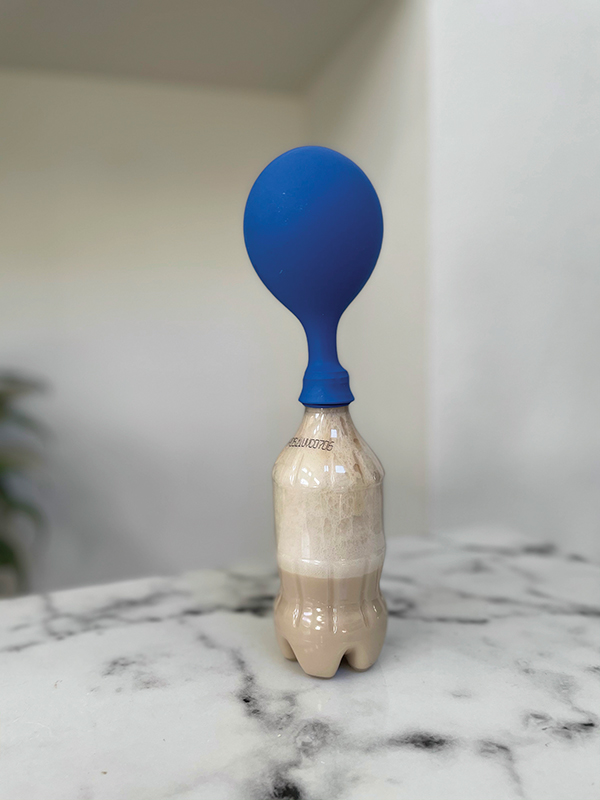Spark Scientific Discovery at Home
04/26/2021 04:36AM ● By Family Features
Science influences many aspects of daily life in countless ways. It also helps shape the development of life skills from an early age. As children learn to communicate, think critically, make predictions and form opinions based on their observations, they are developing science skills that will last a lifetime.
Through its "Wonder of Science" initiative celebrating bringing innovation to kitchen tables for 100 years, Wonder Bread is helping to support ongoing scientific learning for students across America. In partnership with AdoptAClassroom.org and Emily Calandrelli, an American science communicator, MIT engineer and co-executive producer and host of "Emily's Wonder Lab" on Netflix, the bread manufacturer is donating $100,000 to provide U.S. middle and high schools with supplies and equipment for science education and presenting an online series of science experiments for students.
Allowing children to put those science-based skills to the test at home can be both simple and fun. Whether you head outside to identify clouds and species of animals or work on crafts indoors, there are plenty of everyday learning scenarios that allow parents to get hands-on with their children's education.
 Bake Together
Bake Together
Baking can be a fun (and tasty) way to introduce scientific experimentation by following a recipe to see how the ingredients react together - or with too much or too little of a certain ingredient - and testing the end product against the desired results. As recipes are mixed, heated and cooled, baking introduces a variety of chemical reactions, including water evaporation, caramelization, browning and more.
Conduct Experiments with Everyday Supplies
Special tools and equipment aren't necessary for discovering and fostering a love of science or conducting your own experiments. By using household items you may already have on hand and following a few simple instructions from Calandrelli, you can create your own homemade rockets or inflate a balloon.
"Getting kids excited about science and interested in how it affects our lives every day is the best part of what I do," Calandrelli said. "Joining Wonder Bread to spread that message of wonder not just through my show but directly into classrooms is a fantastic opportunity. I can't wait to share my love of science."
Start a Garden
One of the best ways to introduce children to a variety of plant species and the process through which they grow is to grow your own garden. Start by letting the kids pick some plants or vegetables that germinate and produce a crop quickly such as carrots or petunias then choose a location to plant. Test and prepare the soil then plant your seeds and water as needed.
Visit wonderbread.com for more information.

Balloon on a Bottle
Courtesy of Emily Calandrelli on behalf of Wonder Bread
- 2 tablespoons dry yeast
- 1 tablespoon sugar
- 2-3 tablespoons lukewarm water
- 1 large mouth, glass pint bottle
- 1 party balloon
- In cup, stir yeast, sugar and water. Using funnel, pour mixture into bottle. Add more water as needed to push mixture through bottleneck.
- Quickly stretch balloon over mouth of bottle.
- Observe bubbles in yeast mixture and watch balloon inflate. Inflation can take 10-30 minutes, depending on mixture.
Effervescent Tablet Rocket
Courtesy of Emily Calandrelli on behalf of Wonder Bread
- Film canister
- Water
- 1/2 effervescent antacid tablet
- Plate
- Watch or timer
- In film canister, add water until it's one-quarter full.
- Add half effervescing antacid tablet to film canister and quickly snap on lid.
- Place film canister rocket on plate on ground, lid down. Stand back and use watch or timer to count down until launch.



